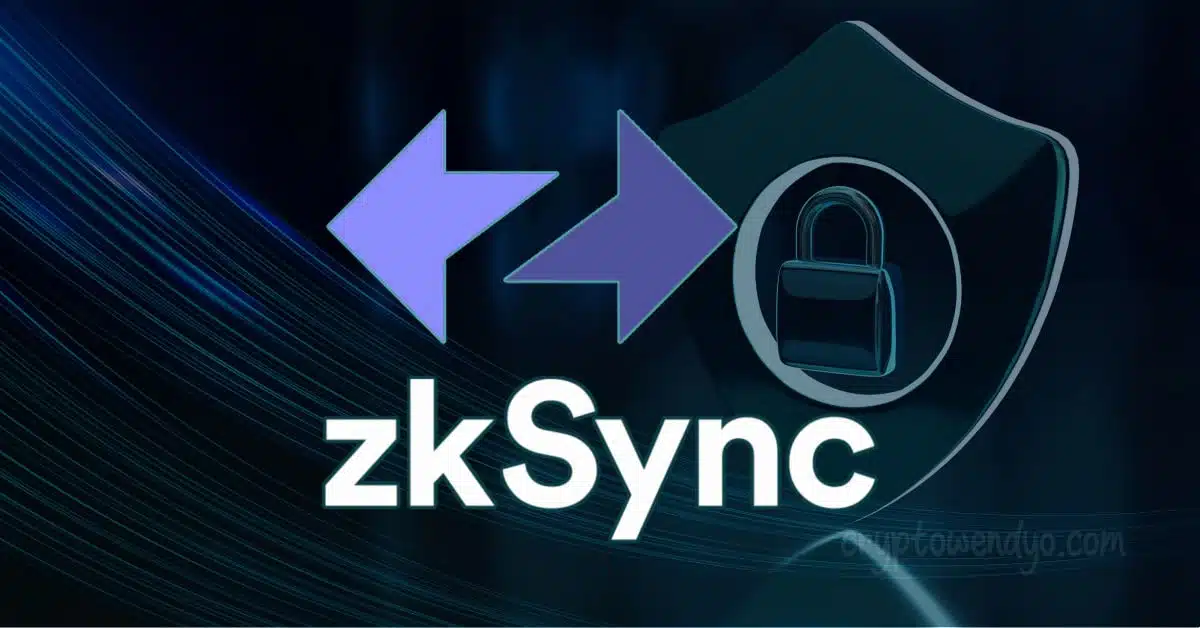Recent Posts

Blockchain

Mastering Layer 2 Solutions: A Comprehensive Guide for Blockchain Developers
Looking for a way to scale blockchain efficiently? Layer 2 solutions are the answer. These techniques process transactions off the main blockchain to cut down congestion, reduce fees, and speed up transactions. In this guide, you’ll learn how state channels, sidechains, and rollups work, and why they matter for blockchain software developers. Key Takeaways Mastering […]
infuy
July 10, 2024

Blockchain

Top Strategies to Optimize Blockchain Performance and Security
Optimizing blockchain involves improving transaction speed, scalability, and security. This guide covers key strategies to optimize blockchain performance and keep systems secure and efficient. Key Takeaways 1 Understanding the Importance of Blockchain Optimization Blockchain technology, a form of distributed ledger technology, is a fixed digital ledger that uses cryptography to record transactions and track assets […]
infuy
July 1, 2024

Software Development

Overcoming Communication Barriers in Nearshore Development
Introduction In the evolving landscape of software development, nearshore teams play a pivotal role. However, effective communication remains a critical challenge. This article explores practical strategies to overcome these barriers, ensuring seamless collaboration and project success. Understanding the Challenges Language and Cultural Differences Nearshore development teams, hailing from neighboring countries, often encounter language and cultural […]
Martin Liguori
December 6, 2023

Blockchain

Central Bank Digital Currencies – The Future of Money Explained
Central bank digital currencies (CBDCs) are one of the most pivotal innovations in money and finance in decades. This guide provides an in-depth look at what CBDCs are, their motivation and implications, where trials stand today, and what the future outlook may be. What Are CBDCs and How Do They Work? Central Bank Digital Currencies […]
infuy
September 7, 2023

Blockchain

The Top 5 Blockchain App Development Trends for 2023
Blockchain technology is advancing rapidly, opening up new possibilities for decentralized apps. As a developer, staying on top of the latest blockchain trends is essential for building innovative solutions. In this article, we dive deeper into the top 5 blockchain app development trends that will dominate in 2023. 1. Mainstreaming of Metaverse and Web3 Experiences […]
Martin Liguori
September 6, 2023

Blockchain

An In-Depth Exploration of zkSync: Evolution, Features, and Future Prospects
Introduction In the ever-evolving world of blockchain technology, zkSync is emerging as a game-changer. As Ethereum struggles with high transaction fees and slow speeds, zkSync, a Layer 2 scaling solution, is stepping in to address these issues. This article delves into zkSync’s evolution, its core components, and how it is shaping the future of Ethereum. […]
infuy
August 24, 2023

Software Development

Elevate Your Contract Management with Advanced CLM Software
Unlocking Efficiency in Legal Operations with CLM Software In today’s digital era, technology continues to redefine the business landscape. Every sector, including the legal industry, is benefiting from these advancements. Gone are the days of manually sifting through contract amendments or statutory regulations. With Contract Lifecycle Management (CLM) software, in-house Legal Departments can now easily […]
Martin Liguori
August 15, 2023

Blockchain

PayPal Dives Into Crypto: Support for Stablecoin Transactions Announced
PayPal dives into crypto and recently announced support for select stablecoin transactions on its platform. Users will soon be able to buy, sell, hold and checkout with these stablecoins seamlessly. This is a major push into crypto from the payments giant as it looks to capitalize on blockchain adoption. Let’s take a closer look at […]
Martin Liguori
August 9, 2023

Blockchain

7 Simple Ways to Optimize Gas in Solidity Smart Contracts
When deploying Ethereum smart contracts written in Solidity, transactions costs paid in gas can add up quickly. Finding ways to optimize gas usage is crucial for keeping fees lower. In this post we’ll explore 7 straightforward gas optimization techniques for Solidity developers. 1. Avoid Unnecessary Use of Storage Writing data to storage is one of […]
infuy
August 3, 2023

Blockchain

What is the biggest challenge facing the IT services industry?
The IT services industry, despite its numerous benefits and strategic value, is not without its challenges. These challenges, which can significantly impact the efficiency, productivity, and innovation fostered by IT partnerships, are multifaceted and complex. Review with us the major challenges facing the IT services industry at the moment. Cybersecurity Threats One of the most […]
Gustavo Quevedo
July 13, 2023

Blockchain

Efficiency and Productivity: The Benefits of Partnering with an IT Services Company
Introduction In today’s digital age, partnering with an IT services company is a strategic move that can propel your business to new heights. By leveraging the expertise and resources of IT professionals, companies can streamline operations, enhance efficiency, and boost productivity. This partnership is not just about technology; it’s about aligning business goals with IT […]
infuy
July 12, 2023

AI

Empowering Business Competitiveness with IT Services: Exploring Blockchain and Generative AI
In the rapidly evolving digital landscape, businesses are constantly seeking ways to maintain a competitive edge. One strategy that has proven to be a game-changer is leveraging Information Technology (IT) services, particularly exploring blockchain and generative AI. This approach, known as “IT services competitiveness,” can significantly enhance a company’s ability to innovate, streamline operations, and […]
infuy
July 11, 2023